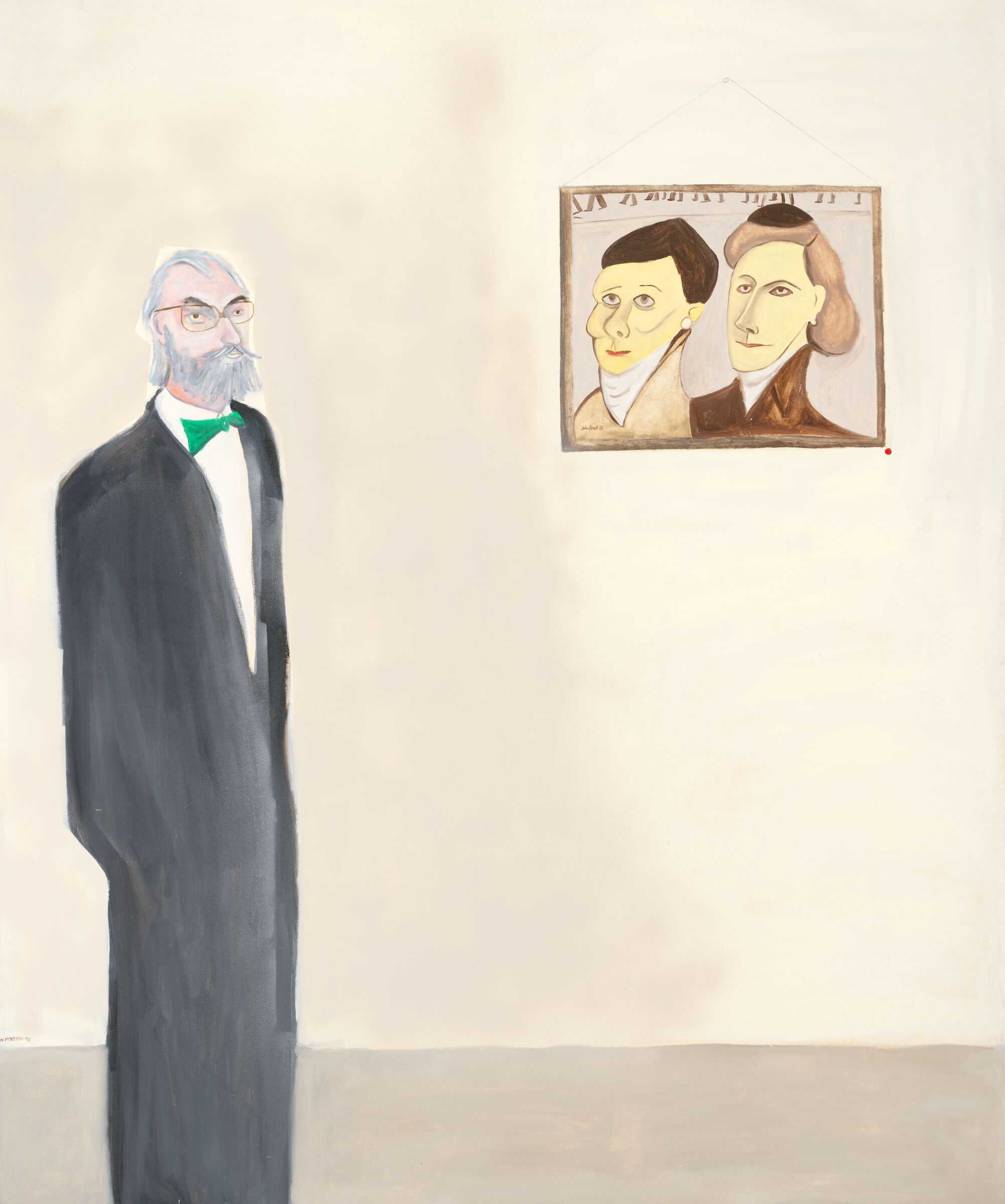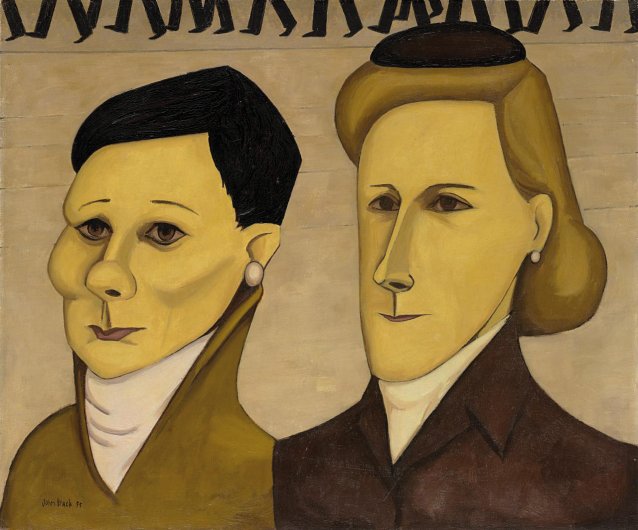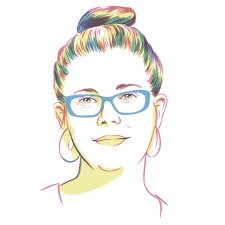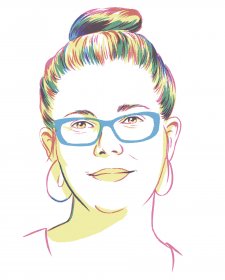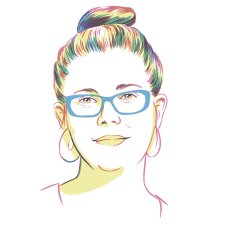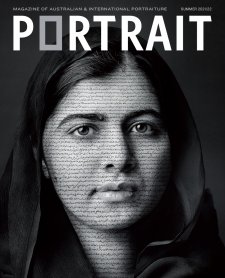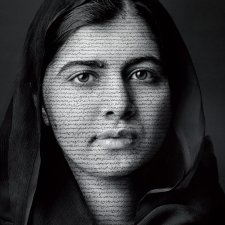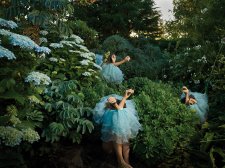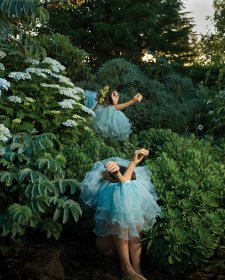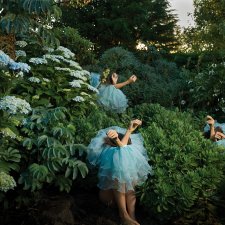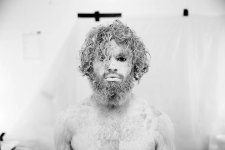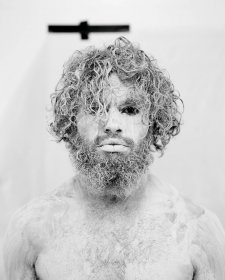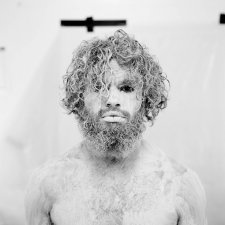‘There were worlds within worlds, and each will have within its confines values and meaning.’ Alexander McCall Smith, The right attitude to rain
The year Noel McKenna painted Dr Joseph Brown with Two Typists, his subject was 78 years old and had been a driving force within the Australian art world for at least three decades. Dr Joseph Brown ao obe was a teenager when he arrived in Australia from Poland with his family in 1933. With an early eye for creativity, he studied painting and sculpture formally for several years, before enlisting and seeing military service during the Second World War. Establishing a career in fashion on his return to Melbourne, he worked in a boutique on Bourke Street; it was another twenty years or so until Brown made the decision to become an art dealer, opening his own gallery on Collins Street in 1967.
Brown had a canny approach to modernism and a good eye for contemporary art. Over the course of his long-running career he represented artists, bought and sold art, acted as advisor, buyer and benefactor for various public collections, and built a personal collection of some magnitude. He exhibited the work of the established Melbourne artist John Brack at various times in the 1970s, beginning with an attention-grabbing exhibition of nudes in 1971. Six years later Two Typists, the Brack painting featured in this portrait, was included in Brown’s Winter Exhibition 1977: Recent Acquisitions at his Melbourne gallery. Ultimately, Brown decided to acquire the work for his own collection.
